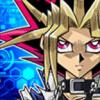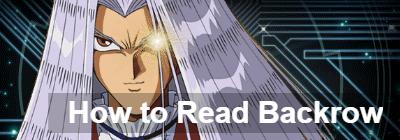
There are a lot of powerful Spell and Trap Cards in Duel Links, some of which can turn by themselves an entire duel around. Even if it looks like you are the one leading the game, there might be something lurking in your opponent’s Spell & Trap Zone that you are not aware of; even if you have an entire board full of monsters, a single Drowning Mirror Force is all your opponent needs to set you back completely.
How can you prevent this? The easiest way would be to implement into your deck some form of backrow removal, cards like Cosmic Cyclone that can get rid of those Spell and Trap Cards before your opponent has a chance to activate them, but what are you supposed to do when backrow removal is not available?
You have to guess what those face-down cards might be and then try to play around them. If you suspect that your opponent has a face-down Drowning Mirror Force, you should attack with only one of your monsters while you keep the rest in Defense Position—eventually your opponent is going to be forced to activate that card, but they are not going to get as much value out of it.
The first part of this guide will be dedicated to how you can identify face-down Spell & Trap Cards, whereas the second part will specifically deal with how you can use the Toggle Button, delays and absence of delays to trick your opponent.
There a couple of cards you should always be aware of—powerful cards like Treacherous Trap Hole and Wall of Disruption that can be found in pretty much any deck. If you don’t know any of these cards because you haven’t played in a while or you have just started playing this game, I would advise checking out the Popular Cards List, a tool that you access from the Card Catalog.
This list should give you a good idea of what are the most popular Spell & Trap Cards in the game right now, meaning the ones your opponent will be more likely to have in their deck. Are you supposed to always play around each of these cards though? No, another important thing you should always do is to look at what type of deck you are playing against. For example, a Blue-Eyes Deck is less likely to play backrow because it mainly focuses on making early aggressive plays by Summoning multiple high ATK monsters at once, so, if they Set a face-down Spell/Trap Card, there’s a good chance it’s not going to be a Wall of Disruption or a Mirror Wall.
I’m going to get into a couple more examples in just a moment, but I need to add one more thing first. There is something else you should always pay attention to during a duel: delays.
Whenever a card can be activated in response to something, the game is going to pause for a moment in order to ask the controller of that card whether or not they want to use it. This is really important because it usually gives away the nature of that card. For example, if you Summon a monster and there is no delay coming from your opponent’s backrow, they might have a face-down Drowning Mirror Force, Sakuretsu Armor, Widespread Ruin or Wall of Disruption.
If all of this sounds complicated, do not worry: it’s really not. I’m going to guide you through a couple hypotheticals now and I’ll point out each time what cards your opponent might have.
Summoning a monster is usually enough to get an idea of what cards your opponent might have face-down: if there’s a delay, it means it’s a card that can only be activated in response to a monster being Summoned (Floodgate Trap Hole), a card that can only be activated if your opponent controls a face-up monster (Enemy Controller, Paleozoic Canadia et cetera) or a card that can activated at any time (Mirror Wall).
If there’s no further delay after you have Summoned your monster, then there’s a high chance the face-down card is Floodgate Trap Hole.
Cards like Solemn Scolding and Champion's Vigilance can also be activated in response to a monster being Summoned, but they are really uncommon—in addition to this Solemn Scolding can only be activated if it’s the only Set card in your Spell & Trap Zone and Champion’s Vigilance only if you control a face-up Level 7 or higher Normal Monster. These activation requirements are pretty specific and can also give away the card.
Other cards like Super Rush Headlong and Treacherous Trap Hole can also generate delay in response to a monster being Summoned, but only if their activation requirements are fulfilled. In order to activate Super Rush Headlong, you have to control at least a face-up monster you can target with it, so, if your opponent does not have any suitable targets for that card, but you did notice some delay, you can exclude it from the possibilities.
Treacherous Trap Hole can only be activated if there are at least two monsters on the field and only if its controller does not have any Trap Cards in the Graveyard. If you send a Trap Card from your opponent’s Deck to the Graveyard with Vampire Grace or one of the monsters is not on the field anymore (there aren’t two suitable targets) and you notice there is no more delay coming from your opponent’s backrow, then the face-down card that was causing it was probably Treacherous Trap Hole.
As I said, if you Summon a monster and there is no delay coming from your opponent’s backrow, then they might have a face-down Drowning Mirror Force, Sakuretsu Armor, Widespread Ruin or Wall of Disruption.
Drowning Mirror Force can only be activated in response to a direct attack, so, if you declare an attack against an opponent’s monster and there is no delay, this is probably the face-down card you are dealing with. Drowning Mirror Force is not impossible to play around: you can attack with a single monster until the opponent is forced to activate it. You can’t always afford to play around the opponent’s backrow, but it’s probably better than giving them your entire board for free.
Sakuretsu Armor is quite uncommon, likely due to the fact that it’s not a better card than Widespread Ruin in most situations and a lot of people probably skipped Blackstorm Rising altogether. Unless you can only rely on a single monster, this card should not be a problem: you can continuously attack with the less valuable ones first to verify whether or not it is the card you are dealing with. If there is delay when you declare an attack, but your opponent decides not to activate anything, likely because there’s something else on the field they want to get rid of, the face-down card is likely Sakuretsu Armor.
Widespread Ruin can be activated in response to an attack and destroy the Attack Position monster your opponent controls with the highest ATK. It’s a powerful card against Masked HERO decks, just like Drowning Mirror Force, because it forces the opponent to activate Mask Change and Special Summon Masked HERO Anki in Defense Position to prevent it from being destroyed. You can’t play around Widespread Ruin in the same way you would for Sakuretsu Armor, but the card can only destroy one monster and it has to be in Attack Position.
Wall of Disruption is just as destructive as Drowning Mirror Force, as it is able to turn an entire board full of monsters into pretty much nothing. The absence of a secondary Main Phase is what really makes cards like this one so strong and effective: you can’t put your monsters in Defense Position, you can’t Tribute them and, although it is not particularly relevant right now, you also can’t use them as Synchro Material right away.
If you have three monsters on the field and you decide to play around this card by attacking with only one of them while keeping the rest in Defense Position, your opponent might be tempted to activate this card anyway because it gives them an opening to deal quite a lot of damage. Wall of Disruption punishes swarming, but it’s not always that effective against decks like Blue-Eyes and Masked HERO.
All of these cards have something in common: they can’t be activated outside of the Attack Declaration. You can easily bounce these cards back with Hey, Trunade! or slowly get rid of them with Vampire Kingdom, Galaxy Cyclone and Cosmic Cyclone before your opponent is able to activate them, Mask Change and Dragon Spirit of White can be used to change the monsters on the board into ones that are not going to be affected by the effects of these cards and Gemini Spark and Enemy Controller can be activated in response to them in order to get more value out the monsters that are about to be destroyed/shuffled back into the deck.
If you Set a monster, you are usually not going to notice any delay. That's because, unless you set your Toggle Button to ON, the game doesn't allow you to respond to certain actions. While the intent behind this was probably to speed up the game, it ended up allowing people to make certain plays without giving the opponent a chance to respond.
If a Spellbook player suspects that the opponent has a face-down Treacherous Trap Hole and they don't want to let them destroy their Spellbook Magician of Prophecy, they can just Set it and the Tribute it for Silent Magician. Now the opponent is able to activate their Trap Card, but the Spellbook player is just going to Special Summon a Silent Magician LV8 from their Deck or hand, meaning they will still have a Spellcaster-Type monster face-up on the field for their Spellbook of Fate.
Another deck that could take advantage of this “lack of interaction” is Gravekeeper's: you could activate Double Summon, Set your Gravekeeper's Recruiter and then Tribute it without having to worry about a Treacherous Trap Hole or a Spellbook of Fate.
Certain cards will often be quite easy to identify. If you attack a face-down monster and you notice some delay after the monster has been flipped face-up, then you know that your opponent has a card that can be activated during the Damage Step. If the delay after the monster has been flipped face-up is the only one you noticed, then your opponent has just revealed to you that he only has cards that can be activated during the Damage Step, meaning there is no Enemy Controller, no Wall of Disruption and no Widespread Ruin in their Spell & Trap Zone. You can check for Damage Step cards even if you are the one being attacked.
Another way to check for these cards without having to rely on face-down monsters would be to have something that can be activated during the Battle Phase like Enemy Controller or Super Rush Headlong: if you notice delay outside of the window within which you can activate your card, then you can expect the opponent to have a face-down Mirror Wall or Forbidden Chalice.
Mirror Wall and Forbidden Chalice are the most common Damage Step cards around, but they are not the only ones that can be activated after the Battle Step. Kuriboh and Bujingi Crane are Hand Traps whose effects can be activated during damage calculation, meaning after the Damage Step, by being discarded.
Hand Traps are a bit tricky to deal with because they are not on the field, which means they are usually unexpected, but they are also quite easy to notice if your opponent is careless: if there is nothing on the field that your opponent can activate in response to something, but you still notice some delay, then they likely have one in their hand.
I Special Summon Cosmo Brain, there is no delay coming from my opponent’s backrow and they only have 100 Life Points and a Destiny HERO - Drilldark to protect them. There are no cards in their hand, so the worst thing that could happen would be a Widespread Ruin or a Widespread Ruin, right?
A Wall of Disruption wouldn’t be enough to stop me and a Drowning Mirror Force would do nothing at all. I declare the attack and I am greeted by a Mirror Wall. I lose my monster and I lose the game next turn. What happened?
My opponent is smart and they decided to Set their Toggle Button to OFF. Playing around with your Toggle Button can give you an incredible amount of value: a lot of people see the absence of delay as a green light and you can use this to your advantage.
If you have a Sphere Kuriboh or a Kuriboh in your hand, but you do not intend to use it right away, you can turn your Toggle Button OFF. Your opponent is not going to perceive any delay and they might be tempted to make more aggressive plays that will cost them the game. As soon you need your Hand Trap, you can turn the Toggle Button back ON, much to your opponent’s surprise.
If you have two or more copies of Sphere Kuriboh or Kuriboh in your hand, turn the Toggle Button OFF as you activate the effect of the first one, otherwise the game is going to ask you whether or not you want to activate the effect of the second one right afterwards and you are basically going to tell your opponent you have more resources in your hand that you can use.
People often complain about Wall of Disruption and Drowning Mirror Force because of how destructive and unfair they can be, they fear these cards and they continuously try to play around them.
How can this help you? You can pretend you have one of these two cards face-down by simply turning your Toggle Button OFF, when in reality, you only have an Enemy Controller. This will obviously not work on players that just keep on ramming their monsters into the opponent’s backrow, but it might hold off more experienced ones for a couple turns.
 Anonymous
Anonymous
 Anonymous No. 2
Reply
Anonymous No. 2
Reply
 Anonymous No. 2
Reply
Anonymous No. 2
Reply
 Anonymous
Reply
Anonymous
Reply
 ValleCula
Reply
ValleCula
Reply
 Anonymous
Anonymous
 Anonymous
Anonymous
 Anonymous
Reply
Anonymous
Reply
 mainter
mainter
 Anonymous
Anonymous
Thank you for visiting Duel Links wiki by GameA! We update this Yu-Gi-Oh! Duel Links community day by day to provide quality guides and the latest news.
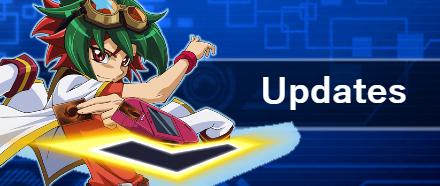
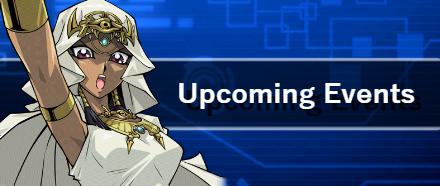
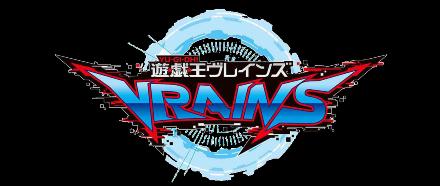
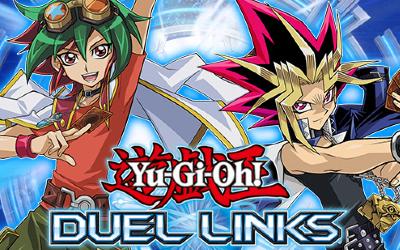
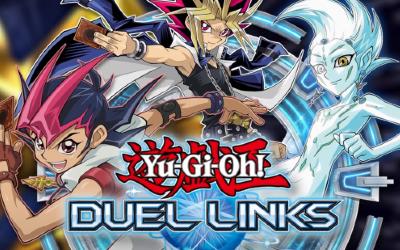
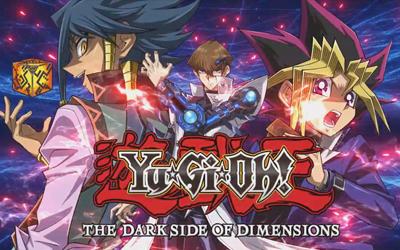
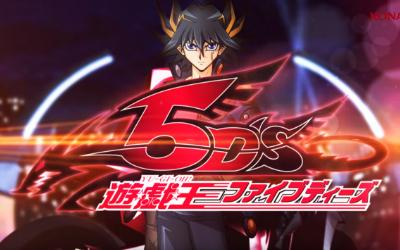
| Duel Links forums | |
|---|---|
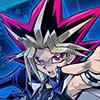 General discussion |  Vagabond trade |
 Deck advice | 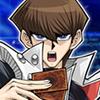 Duel room |
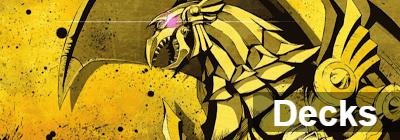


| Duel / Level rewards | |
|---|---|
 Level rewards |  Duel rewards |
| Skill pages | |
 Skill database |  How to get drop skills |

| Card Trader | Ranked Rewards |
|---|---|
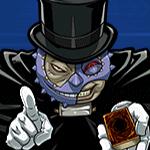 Card Trader |  Ranked Rewards |
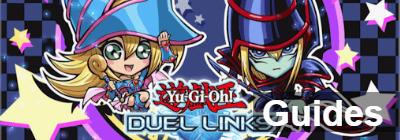
 Cards you should trade |  How to beat the Vegabond |  How to solve Duel Quizes |
| Standard Duelists | ||
|---|---|---|
| Lvl 14 | Lvl 20 | Lvl 27 |
| Lvl 33 | Lvl 39 | Lvl 45 |
| Lvl 51 | Lvl 57 | - |
| Legendary Duelists | ||
| Lvl 30 (DM) | Lvl 30 (GX) | Lvl 30 (5D's) |

